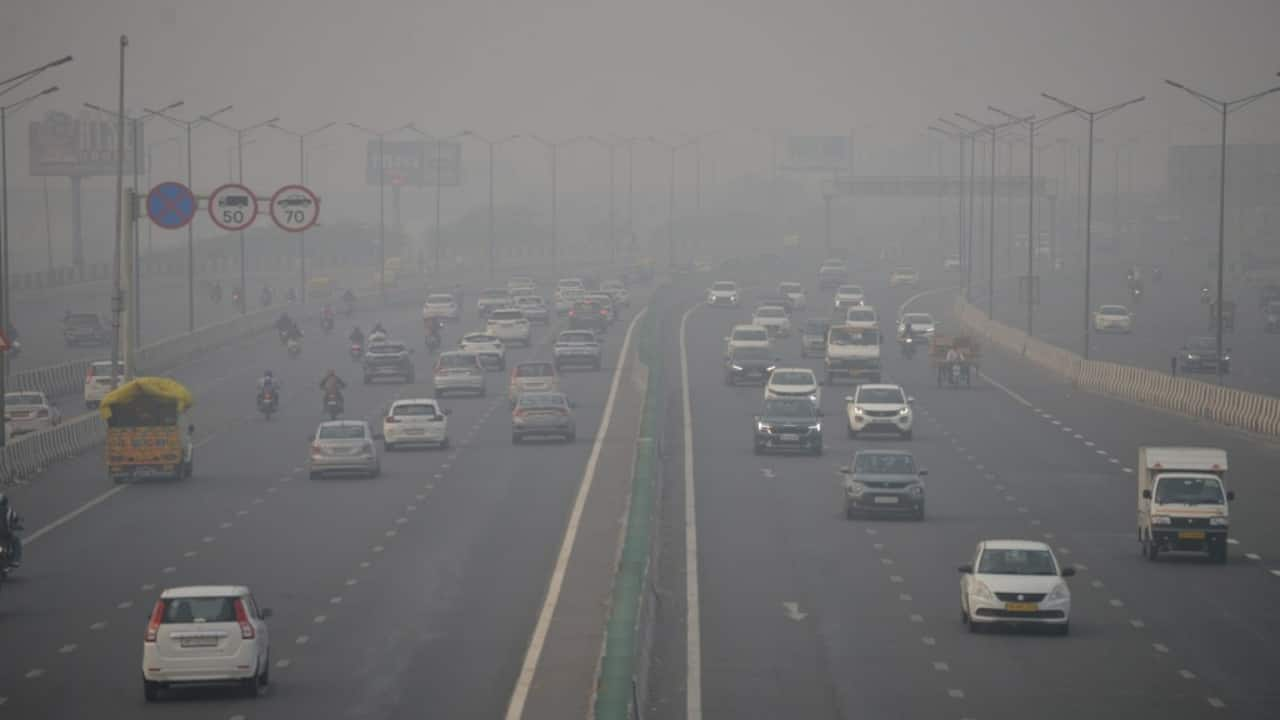 |
|
The city of Delhi, India, grapples with a persistent and severe air pollution crisis, often reaching alarming levels during the winter months. To combat this, the Graded Response Action Plan (GRAP) was implemented in 2017, a multi-staged emergency protocol designed to progressively tighten restrictions as air quality deteriorates. The recent activation of GRAP Stage IV, characterized by 'severe+' air quality (AQI above 450), underscores the criticality of the situation and the escalating measures necessary to mitigate its effects. This stage involves a comprehensive set of restrictions, including a ban on most heavy and light commercial vehicles entering the city unless carrying essential goods and utilizing clean fuels. Construction and demolition activities are entirely halted, impacting infrastructure projects and potentially hindering economic development. Educational institutions face potential closures or limitations on physical classes, disrupting the learning process for students. Furthermore, businesses are encouraged to reduce on-site staff, affecting productivity and potentially economic activity. The cumulative nature of the GRAP stages means that the restrictions from previous stages remain in effect, layering the impact on daily life for Delhi's residents.
The Supreme Court of India's recent decision to uphold GRAP Stage IV, despite growing concerns about its impact on daily life, highlights the prioritization of public health over immediate economic and social disruptions. While the court acknowledged these concerns, it emphasized the urgency of addressing the critically dangerous air quality. The court's decision also granted the Commission for Air Quality Management (CAQM) the authority to consider limited relaxations for educational institutions, suggesting a recognition of the importance of education and the need for flexibility within the stringent regulations. However, this decision came after reports from court-appointed commissioners revealed significant gaps in the enforcement of GRAP Stage IV restrictions, highlighting challenges in effective implementation. The commissioners observed a lack of adequate monitoring, insufficient personnel at checkpoints, and an absence of clear communication regarding exemptions. These findings underscore the need for improved coordination and resources to ensure the effective implementation of the GRAP plan and its intended pollution reduction goals.
The underlying causes of Delhi's air pollution are multifaceted and complex. While stubble burning in neighboring agricultural areas receives considerable attention, the CSE report points to vehicular emissions as the primary source of locally generated pollution. This underscores the importance of addressing traffic congestion, improving vehicle emission standards, and promoting the use of public transportation. The overwhelming influx of approximately 1.1 million vehicles daily significantly exacerbates the problem, creating a constant high level of nitrogen oxide emissions, a major component of Delhi's polluted air. Addressing this requires a multi-pronged approach involving stricter enforcement of emission standards, investments in public transportation infrastructure, and policies that discourage private vehicle use. Furthermore, reducing reliance on fossil fuels and transitioning towards cleaner, renewable energy sources is crucial. Addressing these issues requires a concerted effort involving governmental policies, technological advancements, and a shift in public behavior towards more sustainable transportation and lifestyle choices.
The impact of GRAP Stage IV extends beyond immediate pollution reduction to encompass broader social and economic consequences. The restrictions on construction, transportation, and educational activities have considerable implications for livelihoods, economic productivity, and educational opportunities. These effects, though acknowledged, are considered necessary to mitigate the immediate health crisis posed by severe air pollution. The long-term sustainability of GRAP Stage IV requires addressing the underlying causes of pollution and improving enforcement mechanisms while considering the social and economic effects. This calls for a collaborative approach, involving policymakers, environmental agencies, businesses, and the general public. Open communication, proactive measures, and transparent reporting are essential for ensuring effective implementation and minimizing disruptions while achieving the paramount goal of improving air quality and protecting public health. Ultimately, the success of GRAP depends not only on the strictness of its measures but also on the ability of all stakeholders to work together towards a sustainable and pollution-free future for Delhi.
The general public also plays a crucial role in curbing pollution. Individual actions, while seemingly small, can collectively contribute to a significant reduction in pollution levels. Choosing public transport, maintaining vehicles to reduce emissions, avoiding open burning, and supporting sustainable practices all contribute to a cleaner environment. By making conscious choices and adopting environmentally responsible behaviors, individuals can become active participants in improving the air quality of Delhi. The combination of stricter governmental regulations, technological innovations, and responsible individual actions offers a pathway toward a healthier and more sustainable future for Delhi. The ongoing struggle against air pollution highlights the need for a continuous and holistic approach, involving collaborative efforts from all sectors of society to achieve lasting improvement and ensure a healthier environment for generations to come.
Source: Delhi pollution: Understanding GRAP, its stages and restrictions
